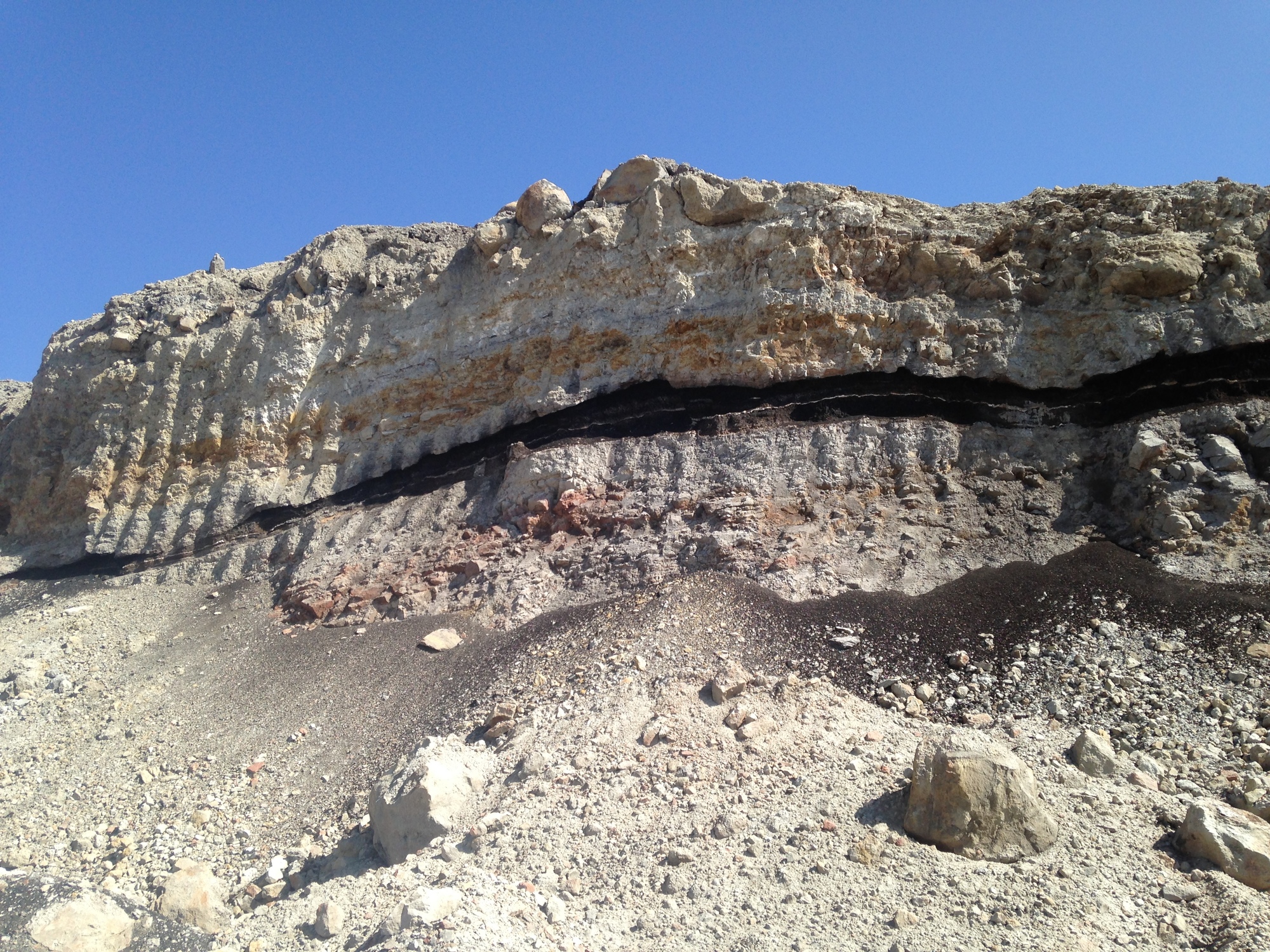NEWS RELEASE: WSGS Studies Chemistry of Kemmerer Coals to Expand Available Data for Understanding Critical Minerals in Wyoming
Wyoming State Geological Survey sent this bulletin at 01/06/2022 09:04 AM MST
January 6, 2022
******FOR IMMEDIATE RELEASE******
Media Contact:
Christina George
(307) 766-2286 x231
WSGS Studies Chemistry of Kemmerer Coals to Expand Available Data for Understanding Critical Minerals in Wyoming
The Wyoming State Geological Survey (WSGS) released a new report on the geochemistry of samples from the Kemmerer coal field. Open File Report 2022-1, by Kelsey Kehoe, Garrett Gay, and Janet Dewey, is part of a statewide effort by the WSGS to study potential occurrences of critical and economic minerals in Wyoming.
“We know that coal and the rocks associated with coal can contain elements that have been deemed critical,” says Dr. Erin Campbell, WSGS Director and Wyoming State Geologist. “What we don’t yet know is the concentration and distribution of these important elements. It is imperative that we understand the chemistry of any deposits in Wyoming with potential to host critical minerals. With that understanding we can then make informed decisions about recovering these elements as byproducts or even coproducts of coal mining."
This study presents geochemical data for coals and associated strata from the Adaville and Frontier formations, the two major coal-bearing geologic units in the Kemmerer area. The study adds to historic data by including samples of a wide range of rock types associated with coal deposits. Closely spaced samples help show the distribution of elements within individual beds.
“Most beds showed similar, and predictable, distribution patterns for the elements measured,” says Kehoe, lead author of the study. “But there were a few anomalous samples and even entire beds where the concentration really varied, raising questions for further studies. Namely, what factors influence the concentrations of these elements within a coal, and how do we target deposits with the most promising characteristics?”
Most coal and organic-rich shale samples collected from the Kemmerer coal field have geochemical compositions similar to global averages.
“While our results do not suggest significant enrichment in any elements, they do show how common some critical elements are in these deposits,” says Kehoe. “This is valuable information for understanding the geochemistry of coal deposits as critical mineral systems.”
Laboratory analyses were a collaborative effort between the WSGS and Aqueous Geochemistry Laboratory at the University of Wyoming's Department of Geology and Geophysics, using instrumentation that was funded in part by the University's School of Energy Resources (SER). Kehoe also notes that the School of Energy Resources is currently conducting a detailed assessment in coal basins throughout Wyoming.
“We are looking forward to SER’s upcoming work on critical minerals and carbon ore in Wyoming coals. Their new assessments will help further our understanding of the geochemistry of the Kemmerer coal field and other coal fields in Wyoming," Kehoe says.
The 20-page report and full dataset for Open File Report 2022-1—Trace Element Geochemistry of Coal Deposits in the Adaville and Frontier Formations, Kemmerer Coal Field, Wyoming—are available as a free download from the WSGS website.

Caption: An outcrop of interbedded sandstone, shale, coal, and clinker of the Adaville Formation in western Wyoming. (WSGS photo)

